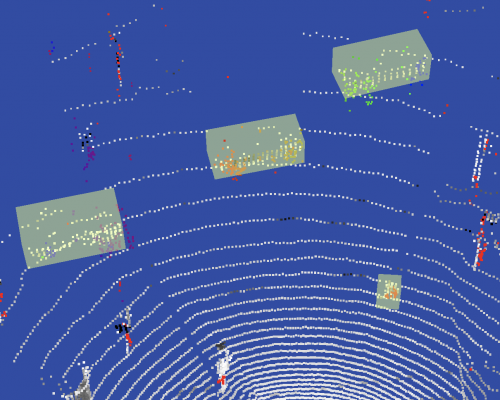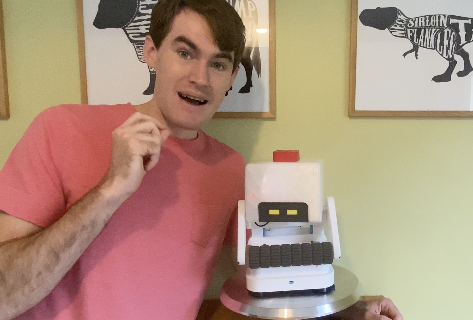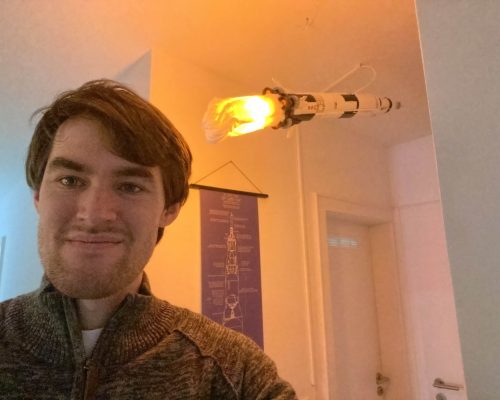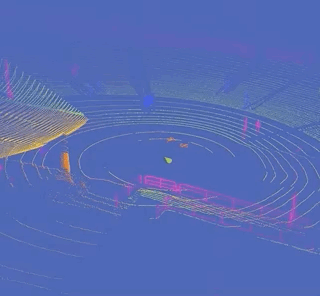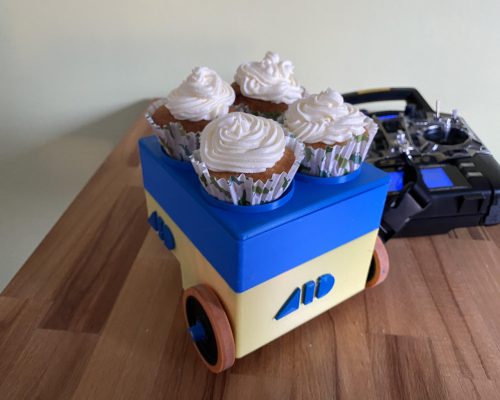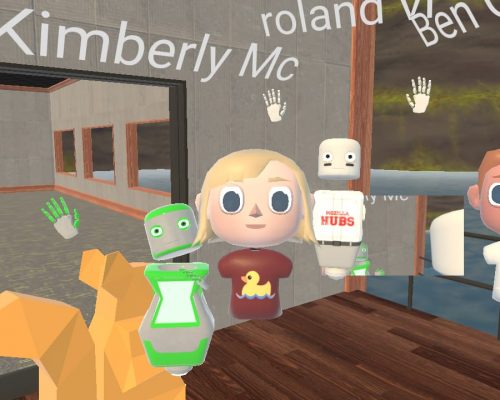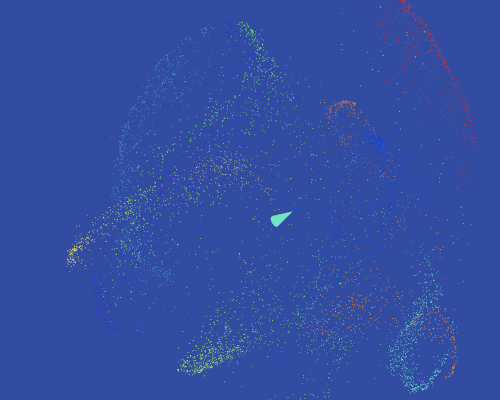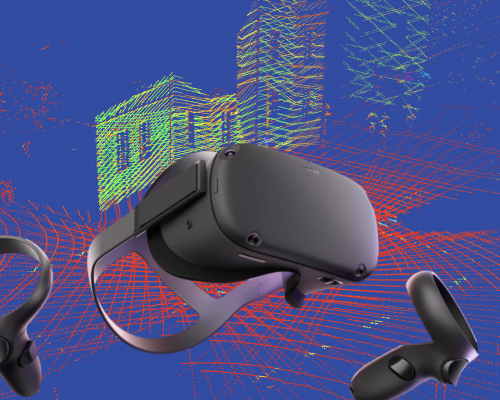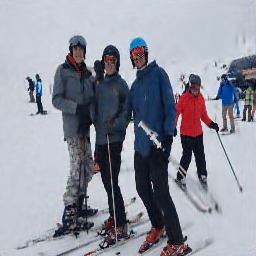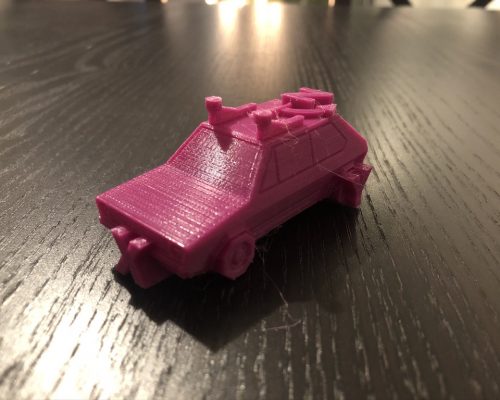Last week someone pointed out the Astyx dataset to me. So far I only visualised lidar data in my virtual reality tool immersivepoints.com, so I was interested in seeing how radar could be integrated as well. The Astyx dataset is provided by what is now Cruise. The dataset can be downloaded for free, and contains data from three sensors: A…
Microbe Obliterator (MO) from Wall-e on a mopping robot
My favourite character in the Disney Pixar movie WALL-E is M-O. A while ago I bought a iRobot mopping robot, which always reminded me of Mo. This week I decided to try to pimp up my robot by actually making him look like Mo. I decided to make a short video to present my design. For this project I…
LEGO Apollo Saturn V Rocket Lamp
I absolutely love everything related to space! When decorating our apartment we decided to add a little ‘space corner’ in the hallway for all space related decoration. One thing we bought for this is the LEGO Apollo Saturn V rocket. It first simply hang on the ceiling as an amazing decorating piece. However, I decided to spice it up by…
Visualising the PandaSet labels
In May 2020 Scale released their open Autonomous Driving dataset called Pandaset. Of course this is a great opportunity to inspect their data in Virtual Reality with http://immersivepoints.com/. For now I decided to export single frames of lidar data with semantic segmentation, and the raw lidar data with bounding boxes. The Jupyter notebook used to export it is on GitHub. Here…
Building a Cupcake Robot
Currently, as the corona crisis is causing heavy lockdowns, people have to keep a social distance. This made it difficult to celebrate special events, so as a challenge I decided to try to make a contactless delivery robot. The final design was used to deliver cupcakes to my friends! I made the robot itself from scratch with parts I had…
Looking back at the first AI Meet VR event
On May 1st 2020 I organised the first AI Meet VR event in Mozilla Hubs. I started organising it two weeks ago to see how a virtual get-together would look and feel like. After experiencing it, I have to say that I’m impressed with how it went! In this blog post I will show some pictures and will write what…
Visualise embeddings in virtual reality
When working with data and neural networks it’s good to know whether similar data is close together. This could be either in the original space of the data or in a deep layer of a neural network. In the last case, we call the data an “embedding” (most well-known for word embeddings). As humans like to look at data in…
Immersive Points: a virtual reality point cloud visualisation tool
A couple of years ago I made a visualization tool for the Google Cardboard that could show you a brain by looking around. The two big downsides were that you could not walk around through the point cloud and that you could not point out to others what you are seeing. This weekend I fixed both points by creating a…
My new years resolution in super-resolution
A new year is approaching, which means that it’s time for everybody to think about new-years resolutions to improve your life. An ideal moment to take your new-years resolution and turn it into a super-resolution image! For the sake of learning, I decided to train a network that can take a picture of me, and turn it into a super-resolution…
A 3D-printed Vehicle Coordinate System
If you work with self-driving cars you probably know about the vehicle coordinate system (also known as ISO 8855). This coordinate system is described extensively online, but it can be a bit hard to reason about it. After making a mistake once most people remember that X goes to the front of the car, and Z goes up. However, remembering…

